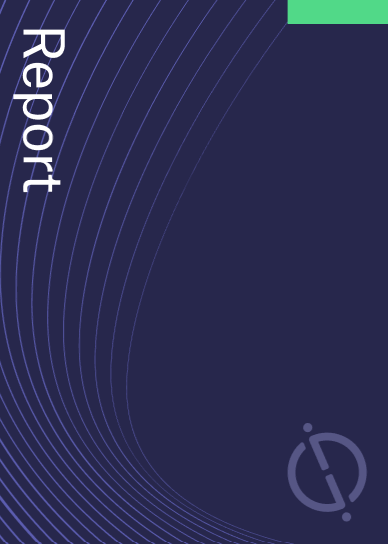Purdue Pharma has filed a patent for a tamper-resistant pharmaceutical dosage form containing an opioid analgesic. The patent also covers the manufacturing process, uses, and methods of treatment. GlobalData’s report on Purdue Pharma gives a 360-degree view of the company including its patenting strategy. Buy the report here.

Discover B2B Marketing That Performs
Combine business intelligence and editorial excellence to reach engaged professionals across 36 leading media platforms.
According to GlobalData’s company profile on Purdue Pharma, Human telomerase RT biomarker was a key innovation area identified from patents. Purdue Pharma's grant share as of September 2023 was 51%. Grant share is based on the ratio of number of grants to total number of patents.
Tamper-resistant opioid analgesic pharmaceutical dosage form
A recently filed patent (Publication Number: US20230310326A1) describes a method of treating pain through the oral administration of a solid oral extended-release dosage form. The dosage form contains oxycodone hydrochloride and polyethylene oxide (PEO) as the extended-release matrix. The PEO has a molecular weight of 1 million Da to 15 million Da, making up at least 30% of the total weight of the dosage form. The dosage form is designed to withstand a maximum force of 196 N in a tablet hardness test without breaking. When administered, it provides a mean maximum plasma concentration (Cmax) of oxycodone ranging from 6 ng/mL to 240 ng/mL.
The patent also specifies the dissolution rate of the dosage form. When tested in simulated gastric fluid without enzymes (SGF) at 37°C, the dosage form releases between 12.5% and 55% of oxycodone hydrochloride after 1 hour, between 25% and 65% after 2 hours, between 45% and 85% after 4 hours, and between 55% and 95% after 6 hours. The PEO used in the dosage form has a molecular weight of 2 million Da to 8 million Da.
Furthermore, the patent outlines the curing process for the dosage form. It is cured at a temperature ranging from 62°C to 90°C, with a preferred range of 68°C to 85°C. The curing time can vary from 15 minutes to 10 hours, with a preferred range of 30 minutes to 4 hours. The dosage form is designed to withstand a maximum force of 439 N in the tablet hardness test without breaking and resists a work of at least 0.06 J in an indentation test without cracking.
In terms of the administration of the dosage form, it provides a mean tmax (time to reach maximum plasma concentration) of oxycodone between 2 and 6 hours. The oxycodone hydrochloride in the dosage form has a 14-hydroxycodeinone level of less than 25 ppm. Additionally, the dosage form may contain PEO with a molecular weight of 100,000 Da to 900,000 Da, making up at least 65% of the total weight of the dosage form, or even at least 80% of the total weight.
Overall, this patent describes a method of treating pain through the oral administration of a solid oral extended-release dosage form containing oxycodone hydrochloride and PEO. The dosage form is designed to provide controlled release of oxycodone over a specific time period and exhibits specific characteristics in terms of hardness, dissolution rate, and resistance to cracking.
To know more about GlobalData’s detailed insights on Purdue Pharma, buy the report here.
Data Insights
From

The gold standard of business intelligence.
Blending expert knowledge with cutting-edge technology, GlobalData’s unrivalled proprietary data will enable you to decode what’s happening in your market. You can make better informed decisions and gain a future-proof advantage over your competitors.




